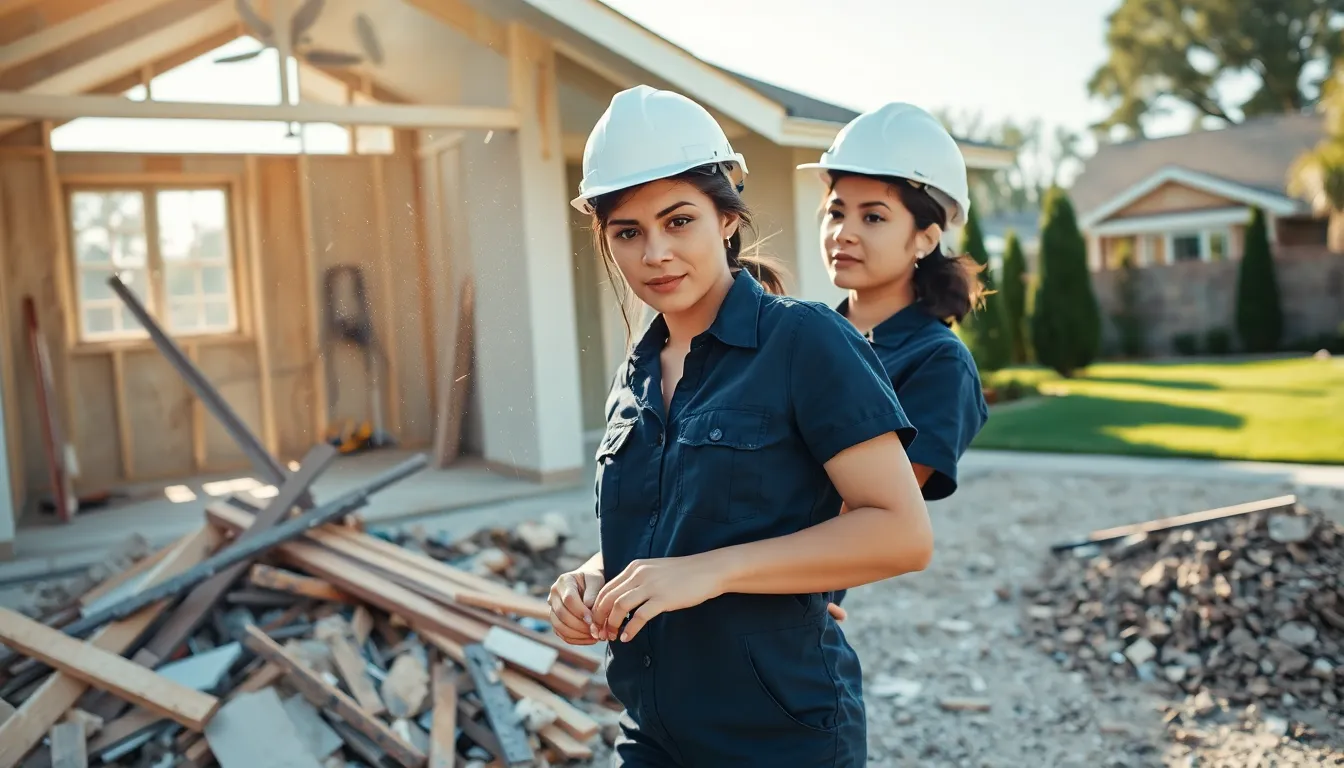In the world of real estate, dust and debris are often overlooked aspects that can significantly influence both the buying and selling processes. HomeRocket Realty emphasizes understanding what constitutes dust and debris, along with their impacts on home value and transaction success. As buyers and sellers navigate this intricate landscape, knowledge of these elements can aid in making informed decisions. This article explores the nature of dust and debris, their sources, impacts on home value, as well as effective strategies for mitigation and management.
Table of Contents
ToggleUnderstanding Dust And Debris In Real Estate

Dust and debris can consist of a myriad of particles, from simple dirt to construction waste. In real estate, these elements can arise at various stages, particularly during transactions, renovations, and home inspections. Dust typically refers to fine, airborne particles that accumulate over time, while debris often involves larger waste materials that may originate from construction, demolition, or previous occupancy.
Understanding the distinction between these terms is crucial for real estate professionals and homeowners alike. Dust can affect air quality and the overall aesthetic of a property, whereas debris can pose safety hazards and create unfavorable impressions. Being aware of these factors can help stakeholders prioritize cleanliness and presentation during transactions.
Common Sources Of Dust And Debris During Transactions
Transactions within the real estate sector can lead to significant dust and debris generation, particularly in the following scenarios:
- Renovations and Repairs: Homeowners often undertake repairs to enhance property value before selling, leading to increased dust and leftover materials.
- Open Houses and Showings: Potential buyers may track in dirt or disrupt clean surfaces, briefly transforming pristine rooms into dusty show spaces.
- Movers and Packing: The process of moving furniture and belongings inevitably stirs up dust and can lead to debris from packing materials.
- Landscaping Work: Outdoor beautification efforts can create loose soil and plant matter that may make their way indoors.
These sources highlight just a few situations real estate professionals should be prepared to manage to maintain a property’s appeal.
Impact Of Dust And Debris On Home Value
The effects of dust and debris extend beyond mere aesthetics: they can significantly impact a home’s market value. Buyers typically assess a property not just on its features but also on its cleanliness and maintenance.
- First Impressions Matter: A home that appears dusty and cluttered can dissuade potential buyers before they even begin to explore its features.
- Perceived Neglect: Accumulated debris may signal to buyers that a property is not well-maintained, potentially decreasing its value in their eyes.
- Health Risks: Poor air quality from dust accumulation can raise concerns about indoor air pollution or allergies, further discouraging buyers.
- Inspection Outcomes: Home inspections can reveal not just physical issues with a property but also raise flags about cleanliness, leading to negotiations that could result in a lower selling price.
So, keeping a home free from excessive dust and debris is not merely a cosmetic effort, it’s a strategic necessity.
Mitigating Dust And Debris During Real Estate Transactions
Mitigating dust and debris during real estate transactions is essential for presenting a property at its best. Here are several strategies that can be employed:
- Professional Cleaning Services: Hiring a professional cleaning team before open houses or showings can ensure that the property is immaculate, focusing on both visible surfaces and hidden spaces.
- Preemptive Measures: Consider covering furniture and flooring with tarps during renovation work to minimize dust accumulation.
- Controlled Access: During showings, limit access points and establish a clean pathway to guide visitors, making it easier to maintain a tidy environment.
- Regular Maintenance: Schedule regular maintenance tasks, such as HVAC filter changes and duct cleaning, to reduce dust levels in the air.
By proactively managing dust and debris, real estate professionals can enhance overall property appeal.
Best Practices For Homeowners To Manage Dust And Debris
Homeowners can adopt several best practices to manage dust and debris effectively:
- Routine Cleaning: Establish a cleaning schedule that includes dusting, vacuuming, and mopping to keep surfaces and air quality in check.
- Declutter Spaces: Regularly assess items and furnishings to declutter spaces, making homes visually appealing and easier to maintain.
- Invest in Quality HVAC Systems: Good heating and cooling systems with proper filtration can significantly reduce dust accumulation.
- Landscaping Awareness: Carry out proper landscaping practices to minimize dust generation from outdoor activities.
- Educate Family Members: Ensure all household members understand the importance of keeping dust levels low, encouraging them to maintain cleanliness.
Conclusion
Navigating the real estate market involves many considerations, from pricing strategies to presentation techniques. But, the significance of managing dust and debris cannot be overstated. A clean, well-maintained property not only enhances appeal but also protects its market value. HomeRocket Realty encourages both buyers and sellers to prioritize cleanliness in their transaction processes. By understanding the sources of dust and debris and implementing effective mitigation strategies, stakeholders can create a welcoming atmosphere that stands out in a competitive market.


